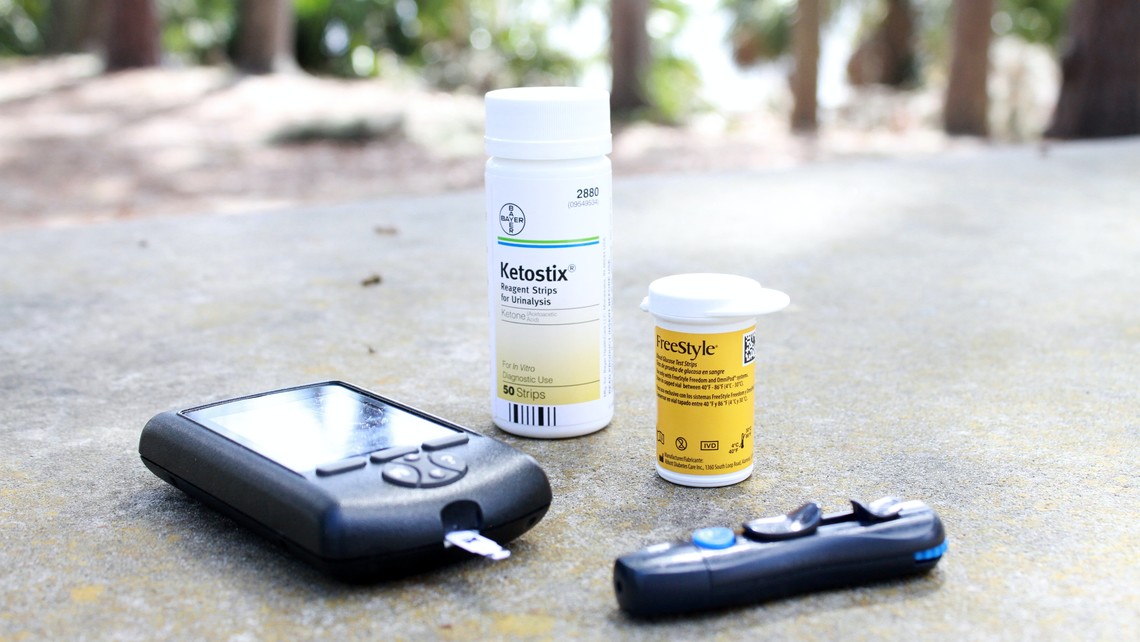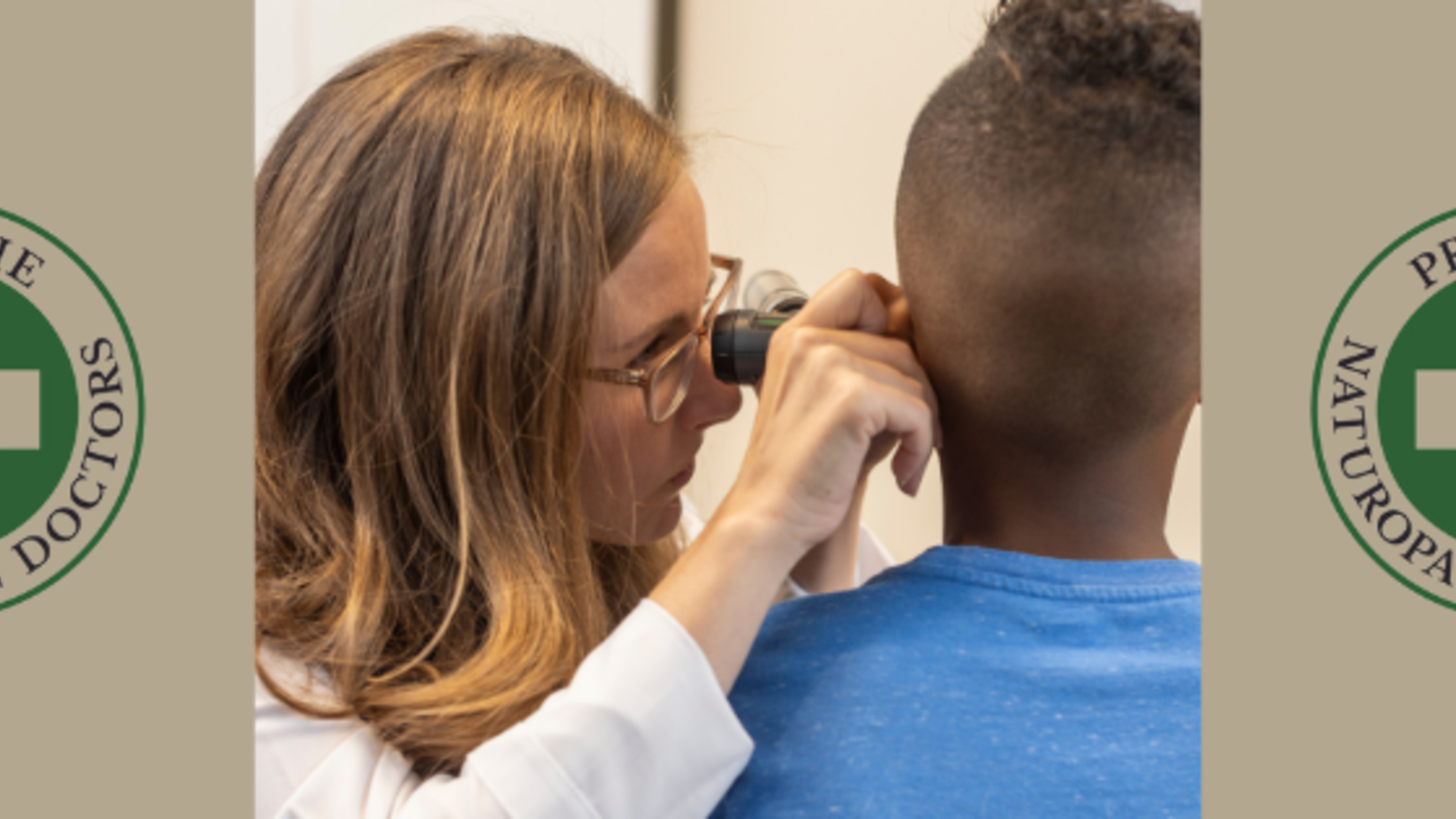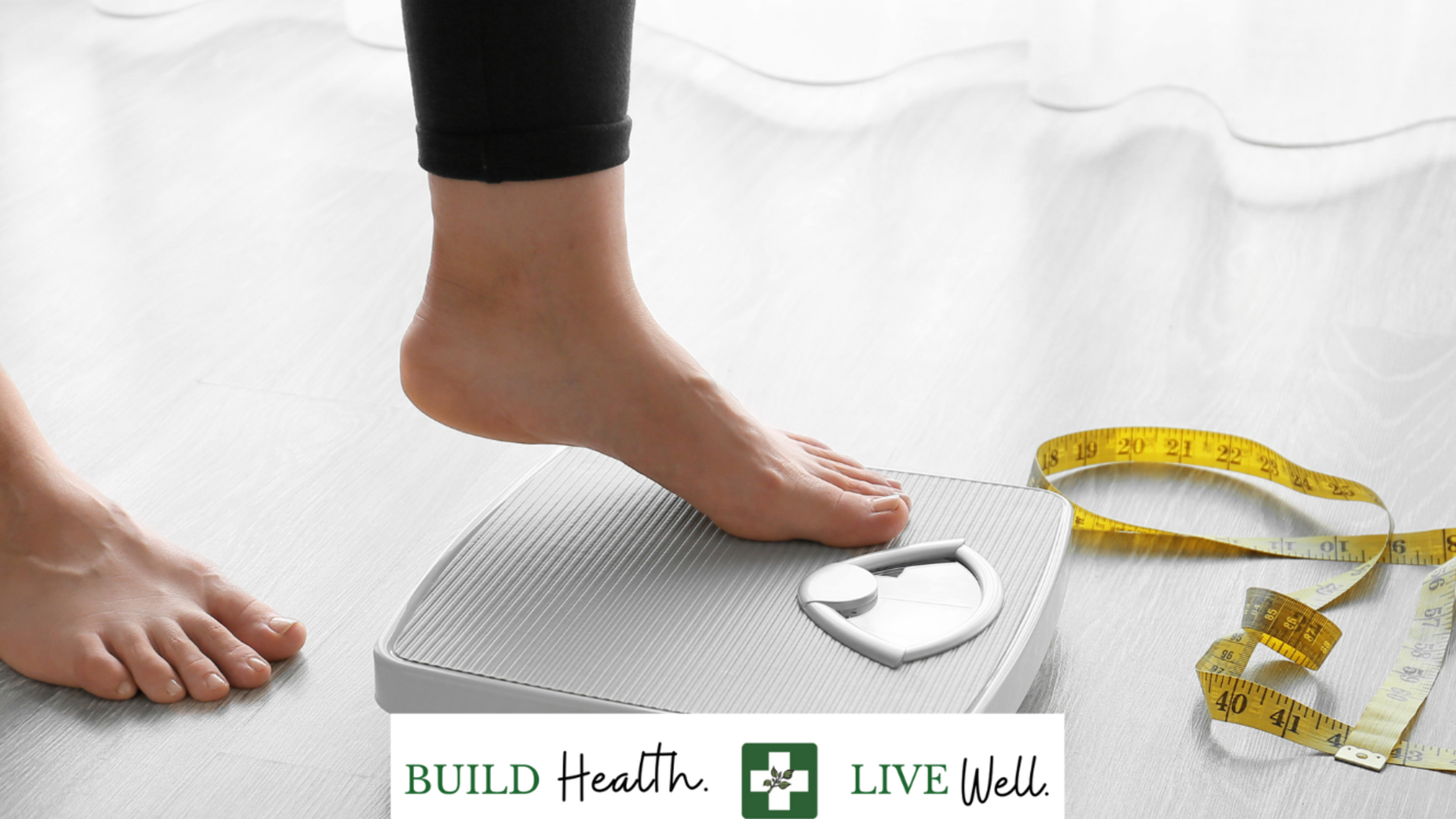The Alarming Truth About Diabetes

Diabetes is a chronic health condition, a disease, in which a person’s body experiences an impaired ability to produce or respond to the hormone insulin. In other words, someone who has diabetes either doesn’t produce enough insulin in his or her body—or the body fails to properly utilize the insulin that is being produced. The result is that too much blood sugar remains in the bloodstream, instead of being released into the cells to be used as energy.
Over 34 million people in the U.S. have diabetes—that’s 10.5% of the population—but 1 in 5 of those people don’t even realize they have it. We are looking at 26.9 million diagnosed cases, and 7.3 million undiagnosed cases among adult Americans (18+). Though likely underreported, diabetes is currently known to be the 7th leading cause of death within the United States.
Meanwhile, yearly medical costs, plus lost work and wages, for Americans with diagnosed diabetes total $327 billion. Yikes.
A shocking 88 million American adults (more than 1 in 3) have prediabetes: their blood sugar is higher than normal, yet not high enough to be considered type 2 diabetes. In the 65+ population, 24.2 million Americans have prediabetes. And even more shocking is the fact that 84% of those with prediabetes are unaware that they have it. Living with prediabetic conditions can raise your risk of heart disease and stroke, and of course it can also increase your risk of developing type 2 diabetes. Blood sugar regulation dysfunction, such as diabetes, increases risk for heart attack, developing blindness and worse outcomes with COVID-19.
Let’s talk about the two different types of diabetes.
Both types of diabetes affect the way in which the body regulates glucose (a fancy name for blood sugar). Glucose is what feeds the body’s cells and gives them energy—but the blood glucose requires insulin in order to enter the cells.
A person with type 1 diabetes does not produce any insulin. Type 1 diabetes most commonly develops during childhood or adolescence, though it is possible for type 1 diabetes to appear later in life. It is actually an autoimmune disease, in which the body’s immune system has attacked and destroyed its own insulin-producing islet cells in the pancreas. Once the cells are completely destroyed, the body can no longer produce insulin.
A person with type 2 diabetes does not respond properly to the insulin that is produced, resulting in rising insulin levels to keep blood sugar normal. As the disease progresses, the response to insulin worsens and their body fails to keep the blood glucose levels from remaining too high. Many people with type 2 diabetes have symptoms that develop slowly over time—or they may experience no symptoms at all until a complication arises.
Both types of diabetes will lead to elevated blood glucose levels, and if not managed, will result in symptoms such as:
- Frequent urination
- Abnormal increase in thirst and water consumption
- Increased hunger
- Chronic fatigue
- Blurry vision
- Cuts or sores that fail to heal properly
- Irritability
- Mood changes
- Unintentional weight loss
- Numbness or tingling in hands and feet
Assessing for prediabetes
So, how do we assess a patient to find out if they are prediabetic or have diabetes? The most straightforward assessment is to do a fasting insulin and glucose test. It is simply a blood insulin and glucose test conducted when the patient has not consumed any calories for at least eight hours. Sometimes it is also valuable to do challenge tests to see how the body responds to glucose or carbohydrate intake. We can work with you to determine a course of action and develop a healthcare plan based on the results of your test.
Risk factors for type 2 diabetes include:
- Prediabetes
- Being overweight
- Being someone who smokes
- Being 45 years or older
- Having a parent, brother, or sister with type 2 diabetes
- Being physically active fewer than 3 times per week
- Exposure to arsenic
- Having had gestational diabetes (diabetes during pregnancy) or having given birth to a baby weighing more than 9 pounds
- Having non-alcoholic fatty liver disease
- Being of African American, Hispanic/Latino American, American Indian, or Alaskan Native descent (some Pacific Islanders and Asian Americans are also at higher risk)
What to do to prevent diabetes
Your healthcare providers at Prairie Naturopathic Doctors assist patients in taking proactive measures toward diabetes prevention, including decreasing sugar consumption, decreasing arsenic exposure, increasing daily exercise, increasing fiber and flavonoid consumption along with small amounts of vinegar and enhancing insulin sensitivity. It is imperative for patients to consult their Doctor before attempting drastic lifestyle changes, because success is more likely when a health professional is monitoring vitals and tracking changes in health.
Please join us next month for our follow-up article on correcting diabetes.
References:
Centers for Disease Control and Prevention. National Diabetes Statistics Report, 2020. Atlanta, GA: Centers for Disease Control and Prevention, U.S. Dept of Health and Human Services; 2020.
O’Keefe Osborn, C. “Type 1 and Type 2 Diabetes: What’s the Difference?” Healthline. Updated October 28, 2020. https://www.healthline.com/health/difference-between-type-1-and-type-2-d...


